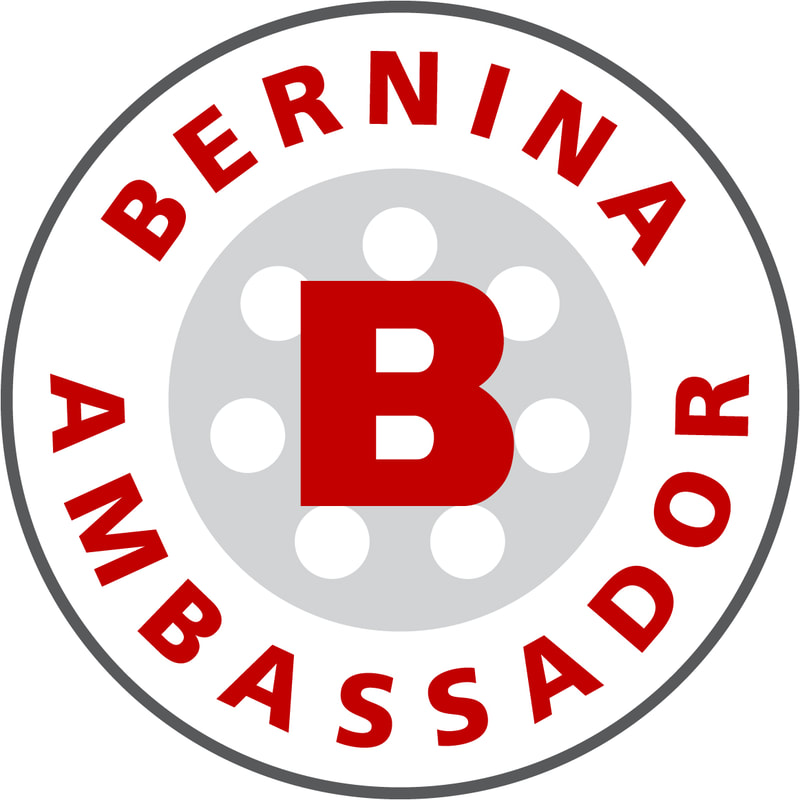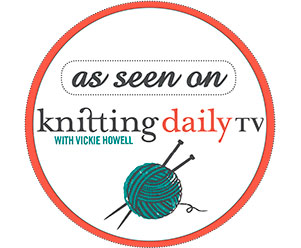Six Ways To Make the Double Crochet 2 Together Decrease – Part 1: The First Three Techniques Technique Double Crochet 2 Together Decreases More accurately, one Compound Double Crochet Stitch is made in place of two Double Crochet stitches. That is, the elements of two Double Crochet stitches are combined to create one compound stitch. Therefore, we are using Compound Crochet Stitches to decrease in Double Crochet stitches. As we said in the title of this tutorial, this is Part 1 of 2 and contains the first three of SIX techniques we use for making the Double Crochet 2 Together (dc2tog) decrease. Yup… six… Why Use It? As with our tutorial for Three Ways To Make the Single Crochet 2 Together Decrease, the question here is really about why to have so many different ways to make the Double Crochet 2 Together (dc2tog) decrease. And, expectedly, the answer is the same: Options! There are a nearly innumerable number of fabric variations possible when one combines different hook sizes, yarns, and stitch patterns. With each of these fabric variations, it is often necessary to have options for making Double Crochet 2 Together decreases that look esthetically pleasing in the overall crochet fabric. It is HIGHLY unlikely that your pattern instructions will give you specifics for how to make the Double Crochet 2 Together decrease beyond the abbreviation (dc2tog). So, it is up to YOU to decide if one of these four techniques for making the Double Crochet 2 Together decrease will fit your project better than the others. The best way to make this decision is to read your pattern ahead of time to determine what types of decreases (if any) you will be making then make them in your swatch. To Work Today's Tutorial Here's a list of materials we used to make today's Double Crochet 2 Together (dc2tog) tutorial. While you can, of course, use any materials you have on hand, these materials listed are what we recommend you use while you are learning. Yarn Used CYCA 4 Worsted Weight, 100% Pure Wool Hook Used H-8/5.00mm Crochet Hook Skillz Used Foundation Double Crochet (Fdc) – See our crochet tutorial here: How To Make The Foundation Double Crochet Stitch First Double Crochet – See our crochet tutorial here: How To Make The First Double Crochet Stitch
Break It Down Compound Double Crochet Decrease Stitch #1 First Double Crochet 2 Together (First-dc2tog): Sc in first st, ch 1 (shortened First-dc made), yo, insert hook in next st, yo and draw up a loop, (yo and draw through 2 loops on hook) twice. This first Double Crochet 2 Together (dc2tog) is for working at the beginning of a row where the pattern calls for a decrease in the very first two stitches. In this case, we are using the First Double Crochet (First-dc) as the first stitch of the row so we are decreasing using the same stitch. For a brush up on making the First Double Crochet (First-dc) stitch, check out our tutorial here: How To Make the First Double Crochet (First-dc) Stitch.
Compound Double Crochet Decrease Stitch #2 Common Double Crochet 2 Together (common-dc2tog): Yarn over, insert hook in indicated stitch or space, yarn over and draw up a loop, yarn over and draw through 2 loops on hook, yarn over, insert hook in next st, yarn over and draw up a loop, yarn over and draw through 2 loops on hook, yarn over and draw through all 3 loops on hook. This is probably the technique MOST stitchers are used to using as this is the first Double Crochet 2 Together (dc2tog) decrease we are all taught. We name it the Common Double Crochet 2 Together (common-dc2tog) not as a sleight on the technique itself but because it is the technique most commonly used when the instruction dc2tog is encountered. We have also referred to this as the High-dc2tog decrease since the actual decrease is made at the top of the two stitches.
NOTE: Whenever possible, we work our decreases one or two stitches in from the edge of the fabric. This gives a smoother edge to the fabric and the decrease stitch is almost unnoticeable. That said… experiment with your particular fabric and see if working on the edge or a stitch or two in from the edge gives you the results you want. YES, it IS okay to go off pattern if moving the decrease in from the edge looks better to you and it doesn't change the integrity of the designer's original fabric! Again… experiment with a swatch before you start to see what works best.
While this is not the Center Double Crochet 2 Together decrease we will get to in our Part 2 of our tutorial, you can see how the Common-dc2tog or the High-dc2tog pulls the stitches on both sides of it slightly inward toward itself. This makes it a great decrease for working in the middle of rows or rounds since it blends in well (the two full Double Crochet bases make it almost completely disappear into the fabric) and it is more subtle in that it doesn't bend the fabric dramatically. Since we worked this Common-dc2tog or the High-dc2tog decrease closer to the starting edge of our row, you can see how it pulls the stitches of the end of the row toward it creating a subtle, clean, and neat decrease. NOTE: Since this decrease is fairly neutral in that it doesn't lean heavily to one direction or the other but, rather, pulls stitches toward it from both directions, blocking your final fabric will determine which direction the decrease you want to create leans in. Since we worked the decrease at the BEGINNING of our row, we finger blocked it to make the starting edge of the row lean left toward the decrease. If we had made the same decrease at the END of the same row, we would have gotten a decrease that leaned right toward the decrease. It is the versatility of this decrease technique that makes it the first one we all learn when we first learn to crochet and the reason why we refer to it as the Common-dc2tog decrease. Compound Double Crochet Decrease Stitch #3 Low Double Crochet 2 Together (low-dc2tog): Yarn over, insert hook in next st, yarn over and draw up a loop, yarn over and insert hook in next st, yarn over and draw up a loop (5 loops on hook), yarn over and draw through 4 loops on hook, yarn over and draw through 2 loops on hook. This is the Low Double Crochet 2 Together (low-dc2tog) in that the decrease is made at the base of the two stitches; this one does tend to pull to the left a bit… not enough to call it left leaning but it definitely pulls the other stitches leftward-ish (yes, that's a new word… use it in a sentence today). The Common Double Crochet 2 Together (common-dc2tog) is a little bulky sometimes so we use this as an alternative. Again, it's all about having options for experimenting to see what works best with your crochet fabric. Take a close look at this photo and at your work and you will see the two Double Crochet bases are now one Compound Double Crochet Base. This Compound Base is created when you cinch the four loops of two Double Crochet Base stitches together with one loop… that's a fancy way of saying you decreased two Double Crochet stitches into one stitch or, more accurately, one Compound Double Crochet stitch. NOTE: Practice with your tension here on the wrap and yarn over loops. You might need to adjust them a bit the first few times you practice this technique… but you'll get it evened out. The key is to keep the tension the same and, as we've always said, let the shaft of the hook do the work of maintaining the tension. If you're loops are too tight here to pull your hook through comfortably, the loops probably tightened up when they slipped into the throat of the hook just below the head of the hook. Again… practice this part a few times and you'll have it! And there you have it! If you look carefully at this photo and compare it to the photo in Step 8 of the previous dc2tog technique, you will see a clear difference in the bases of the two Compound Double Crochet Stitches we have created. Note how this Low Double Crochet 2 Together (low-dc2tog) clearly shows the two Double Crochet Base Stitches nearly overlapping each other rather than sitting side by side as in the High Double Crochet 2 Together (high-dc2tog) technique. Again, this is because the low-dc2tog joins the BASES of the two stitches while the high-dc2tog joins the HEADS of the two stitches.
Now, that said, the slightly shorter Compound Double Crochet Stitch this technique creates can be completely blocked out with no real noticeable curve in the finished fabric. BUT that depends entirely on the fabric you are creating: THAT stitch with THAT hook with THAT yarn. Again… swatching. Expermenting to see what works best. Normally I give a great big TAADAA!! here at the end of a tutorial (because everything we accomplish should come with a fanfare of some kind!). However, since this is, technically, the MIDDLE of a tutorial… you'll have to come back next week for Part 2 to get the BIG TAADAA. Until then… maybe just do a little happy dance… and go ahead and give a WOOHOO!! Just be sure to come back for the TAADAA next week… oh yeah… there will be THREE MORE double crochet 2 together decrease stitch techniques next week too! A Final Word… or two… As with all new skillz, these Double Crochet 2 Together techniques will take a little practice. Be patient, practice, and compare your work with the photos in this tutorial. You will get it and soon you will be customizing your decreases to better fit your crochet fabrics. And… hey… if you aren't happy with your experiment rip it out and go again! You'll get it! Thanks for dropping by for another Technique Tuesday! Our aim is to build the skillz of our FAB fiber community here on the web and it's always FAB to hear from you all that what we are doing is helping you and your fiber friends. Check back often or, better yet, click on that RSS Feed button over there in the right-hand column of the page you are on right now. That way you will always be up to date and never miss a thing! Stitch On! S&J Oh hey… before you go… Here are a few more pages we thought you might be interested in. Click on any of the photos below… enjoy! Come look us up on Facebook, Twitter, and Pinterest by clicking on one of these icons.
1 Comment
Sheila
11/14/2017 11:59:59 am
Very comprehensive and just what I’m looking for. Thanks!
Reply
Your comment will be posted after it is approved.
Leave a Reply. |
AuthorShannon and Jason Leave us a tip to help us do what we do!
Archives
May 2024
Categories
All
|

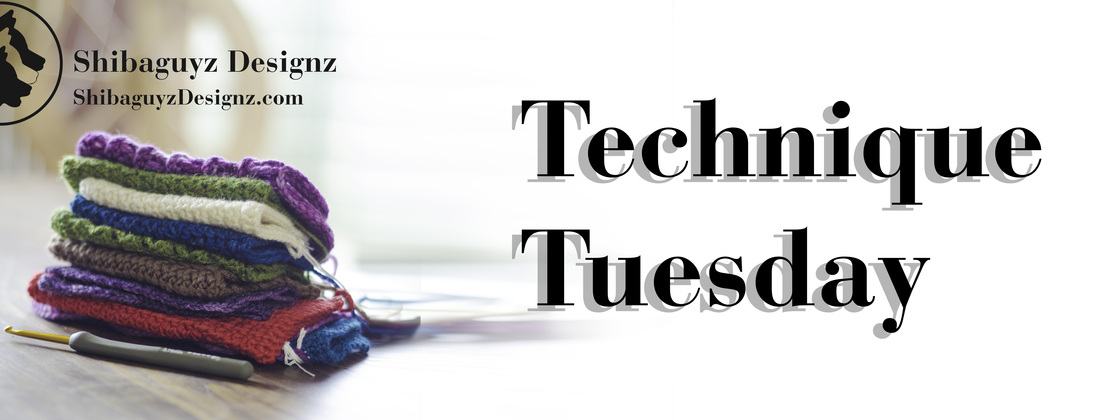
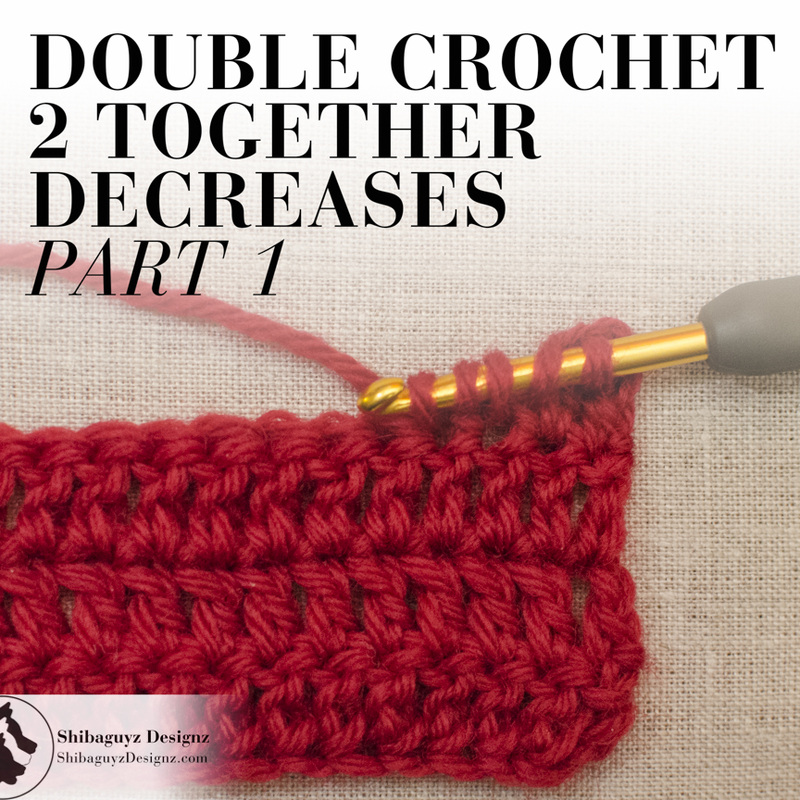
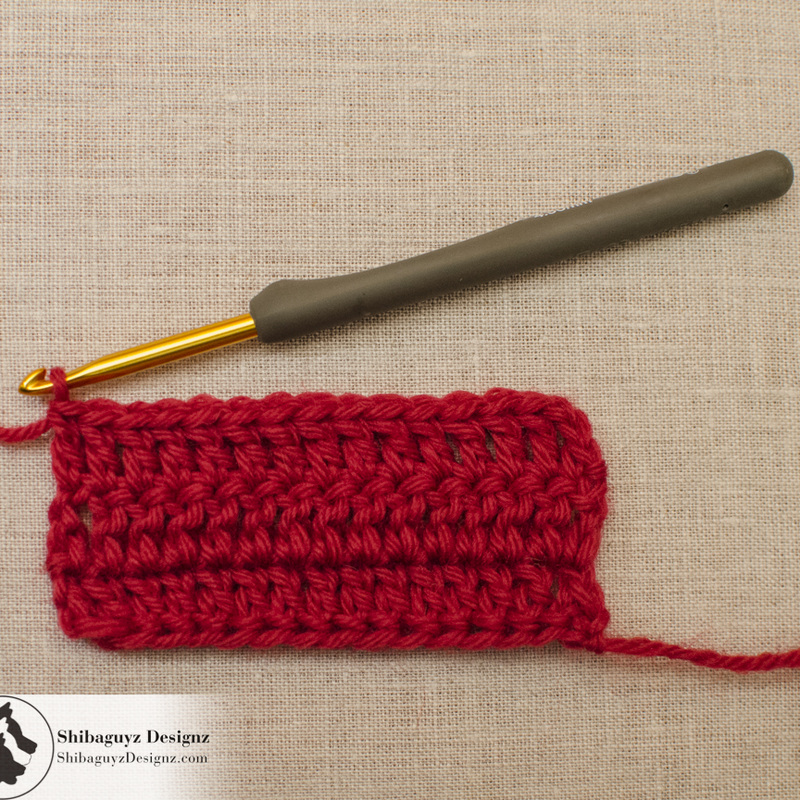
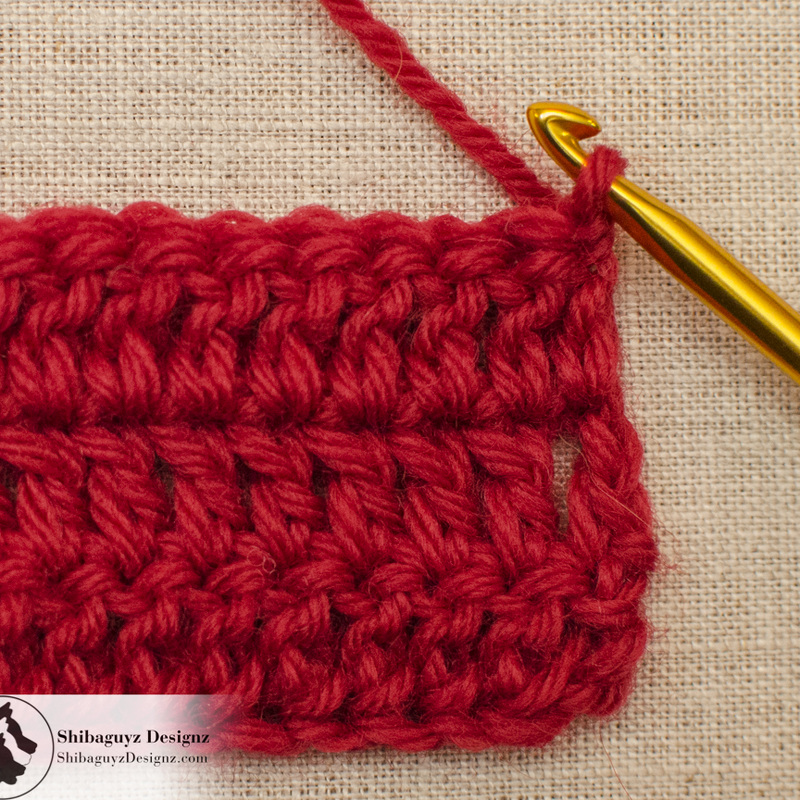
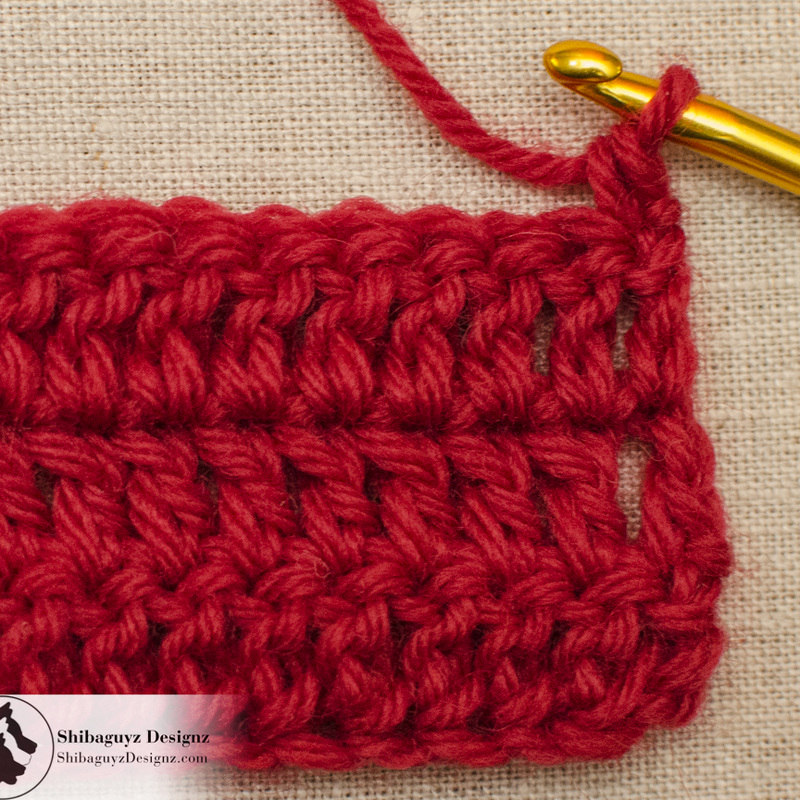
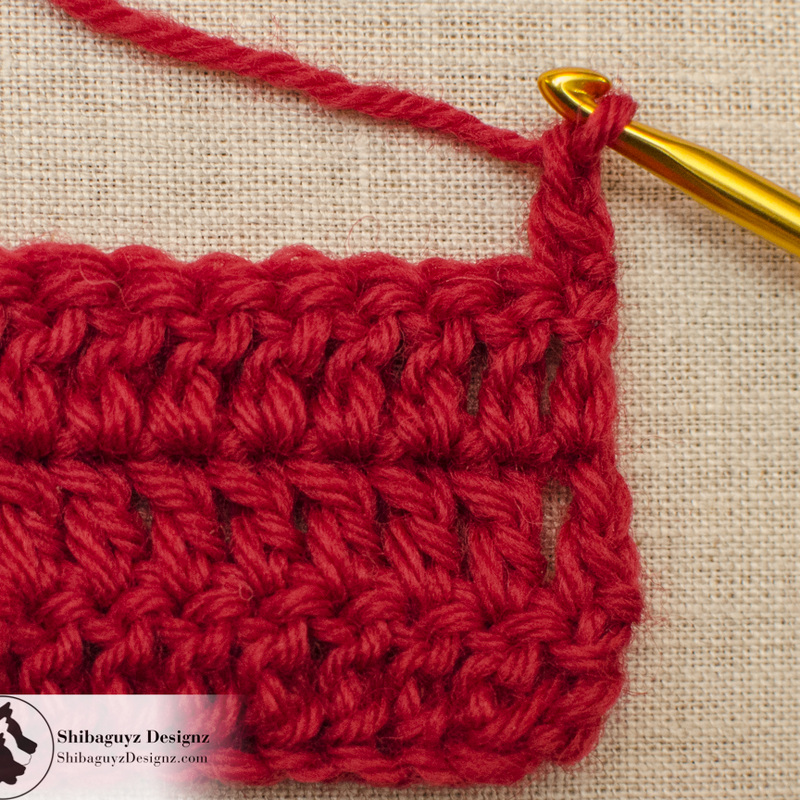
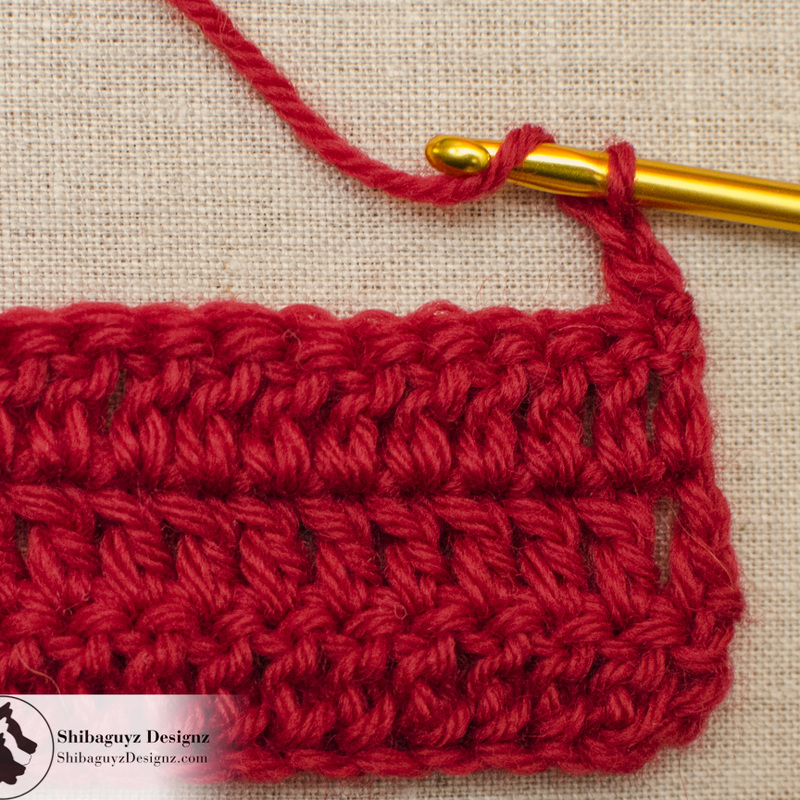
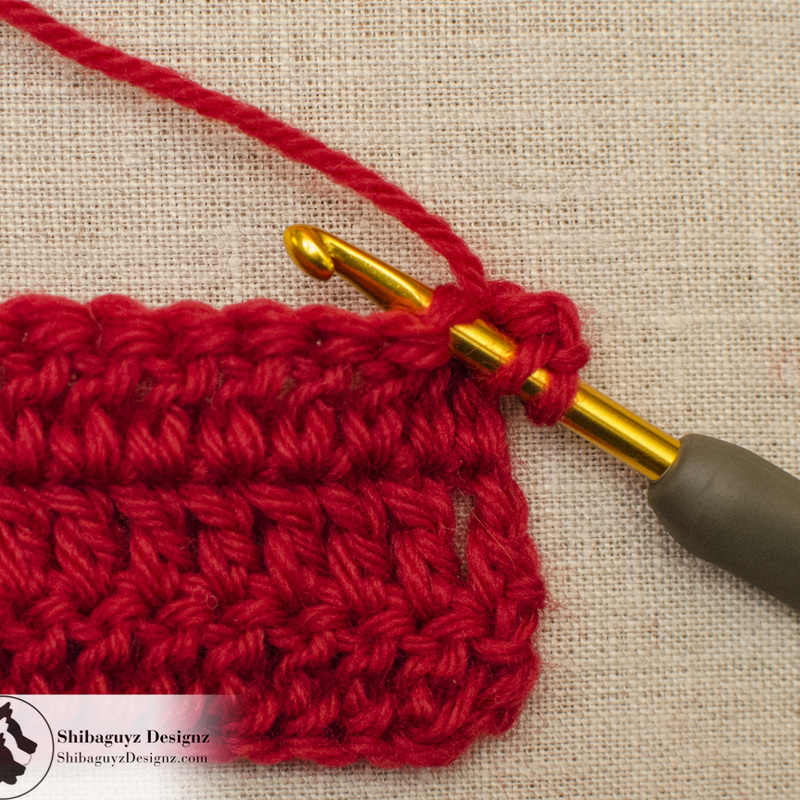
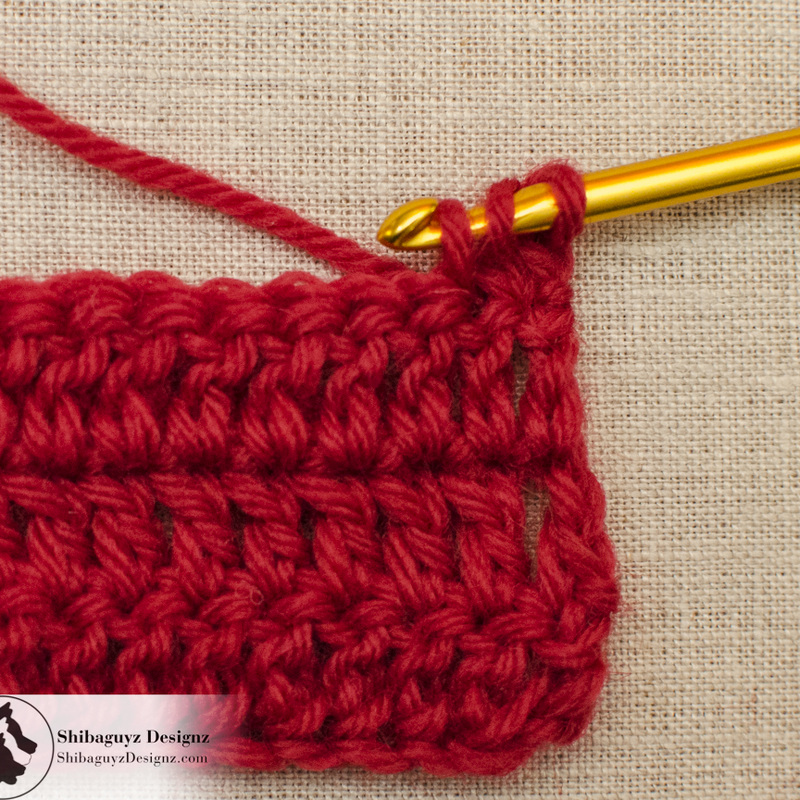
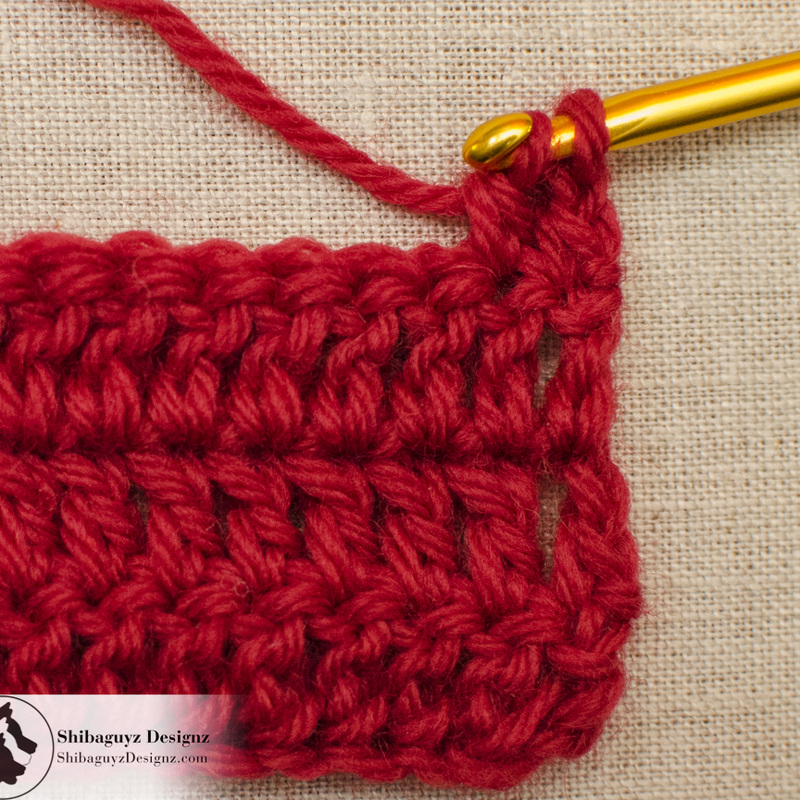
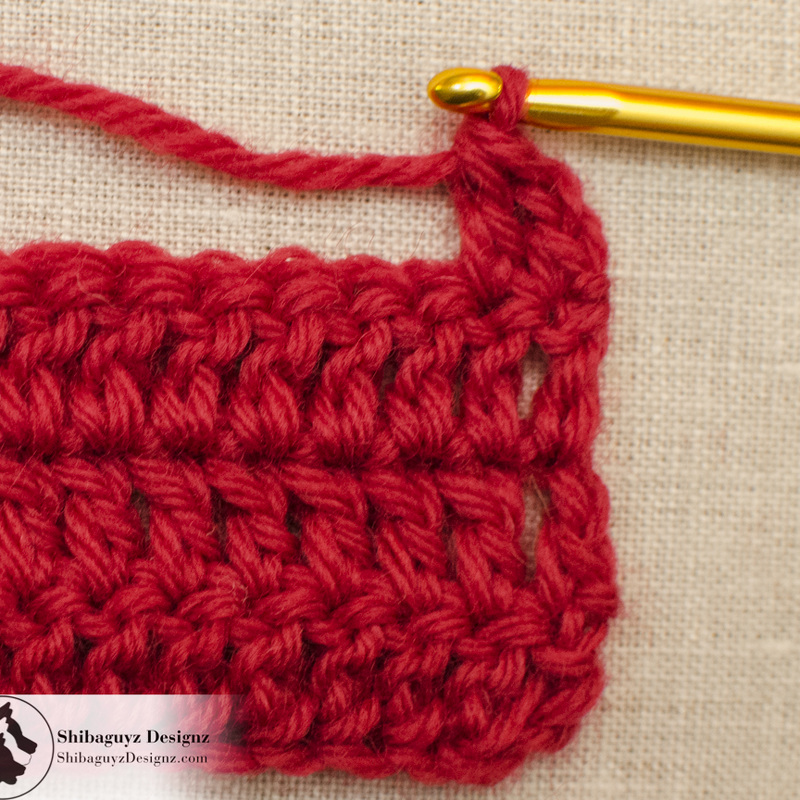
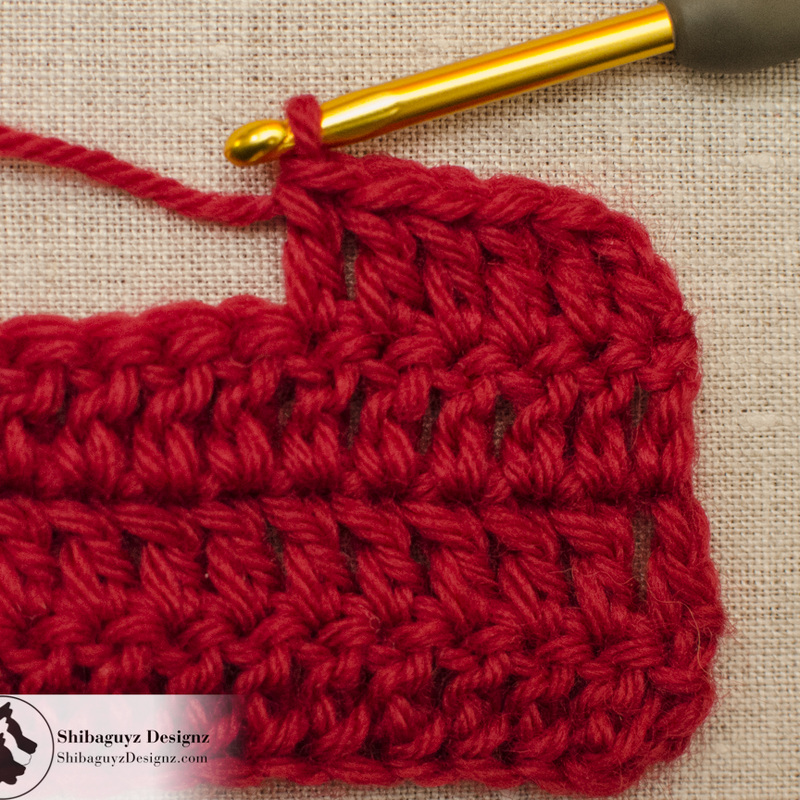
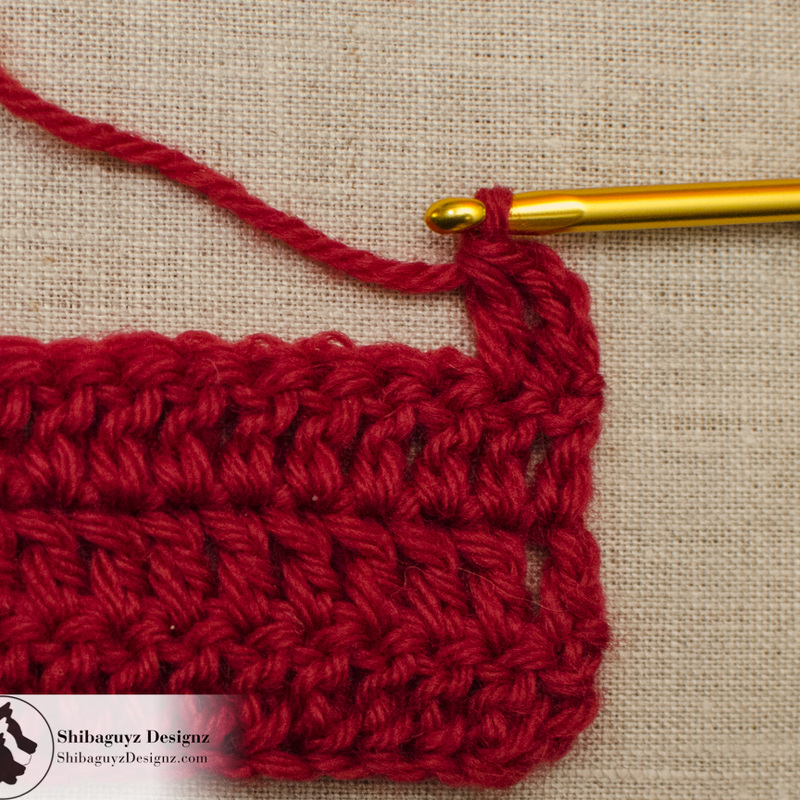
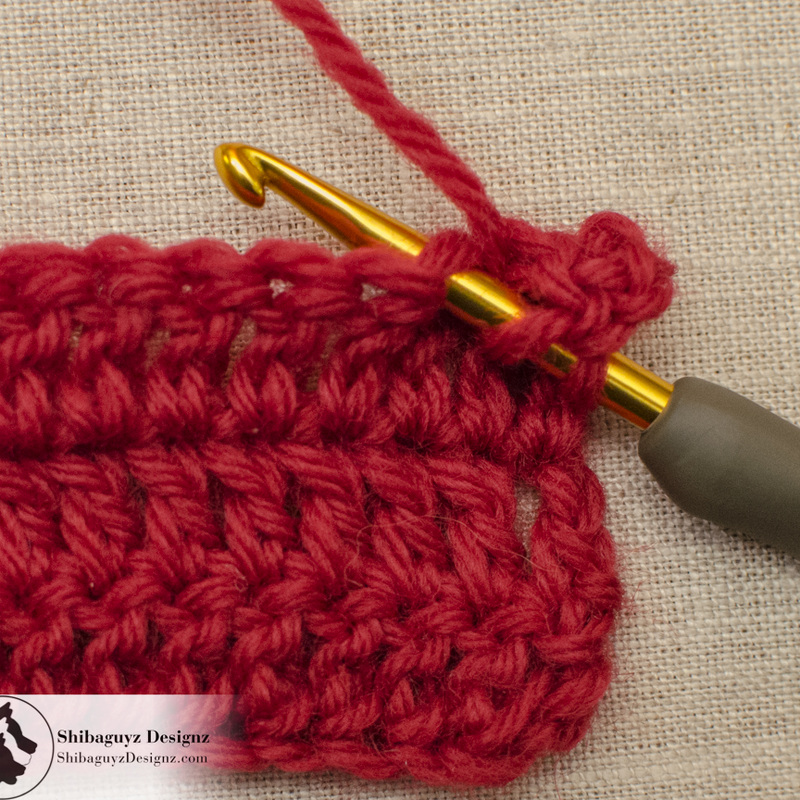
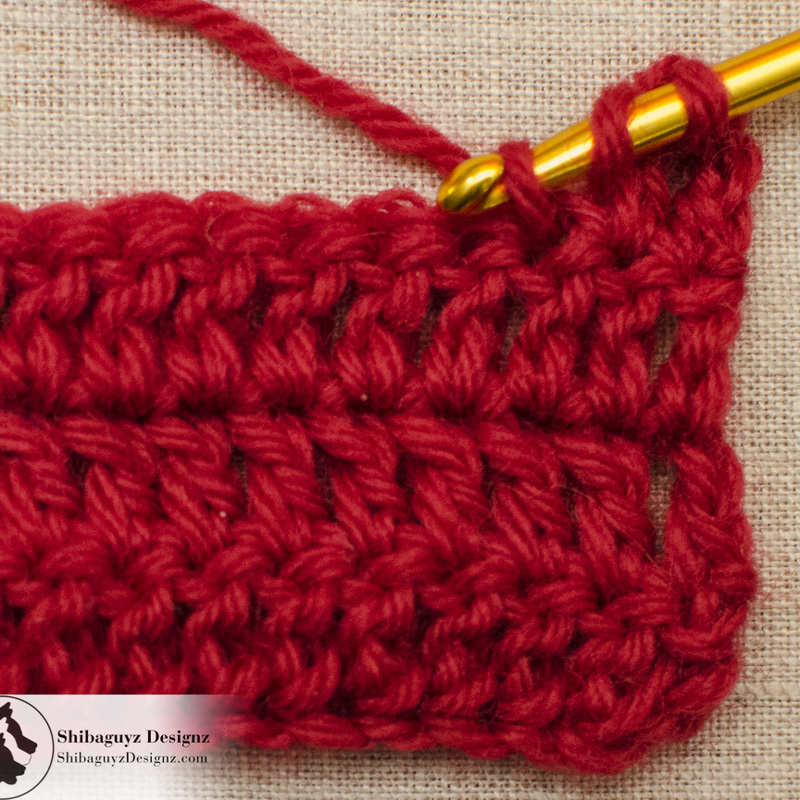
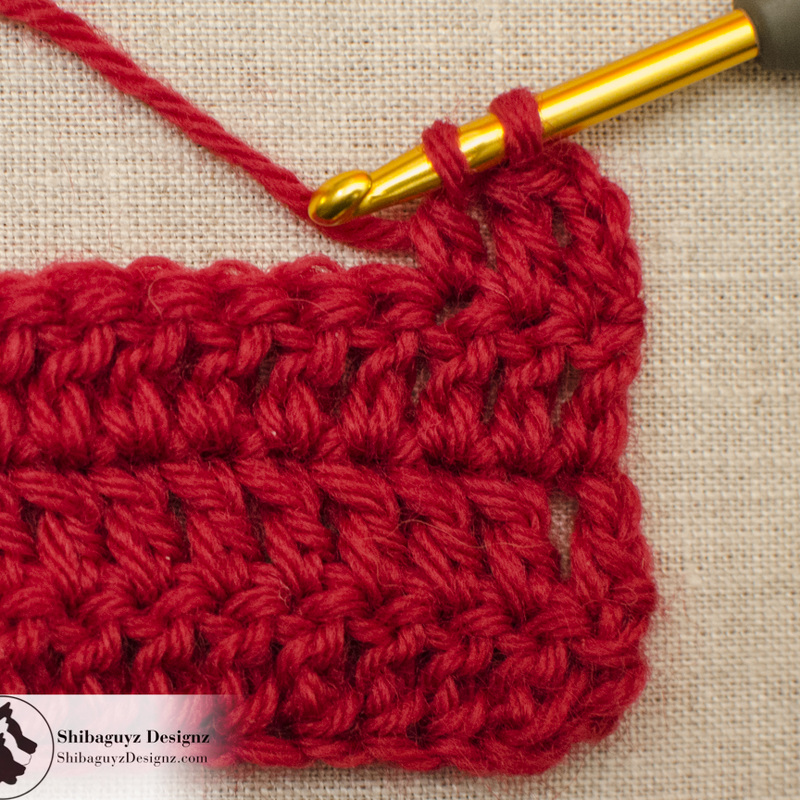
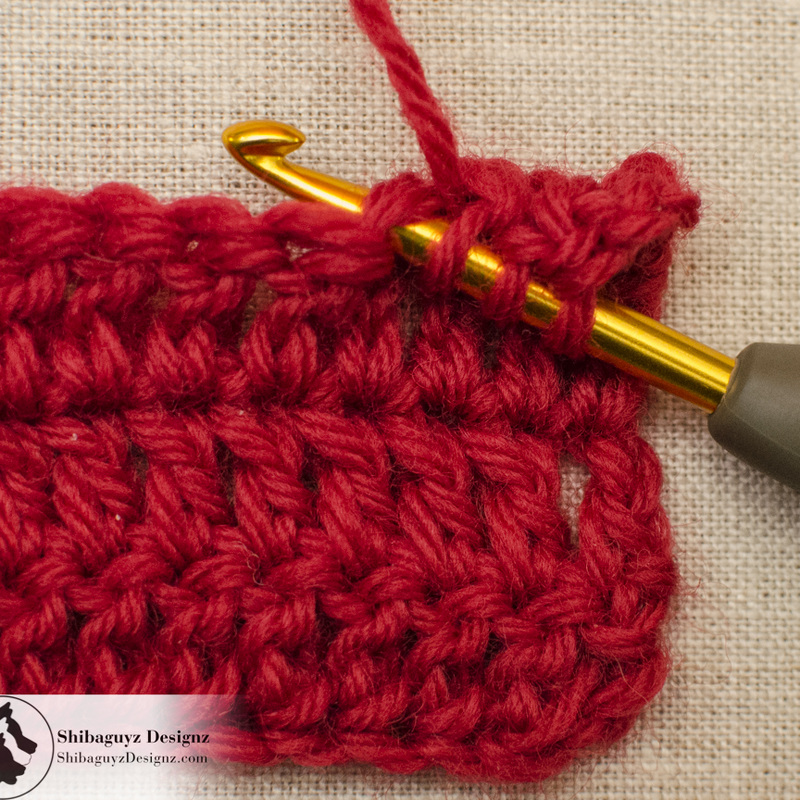
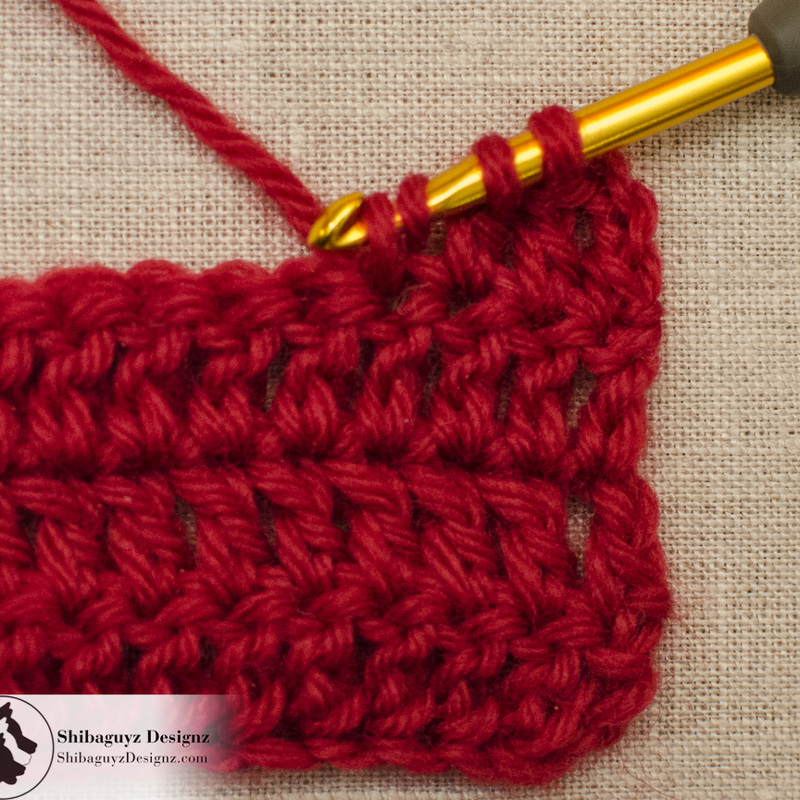
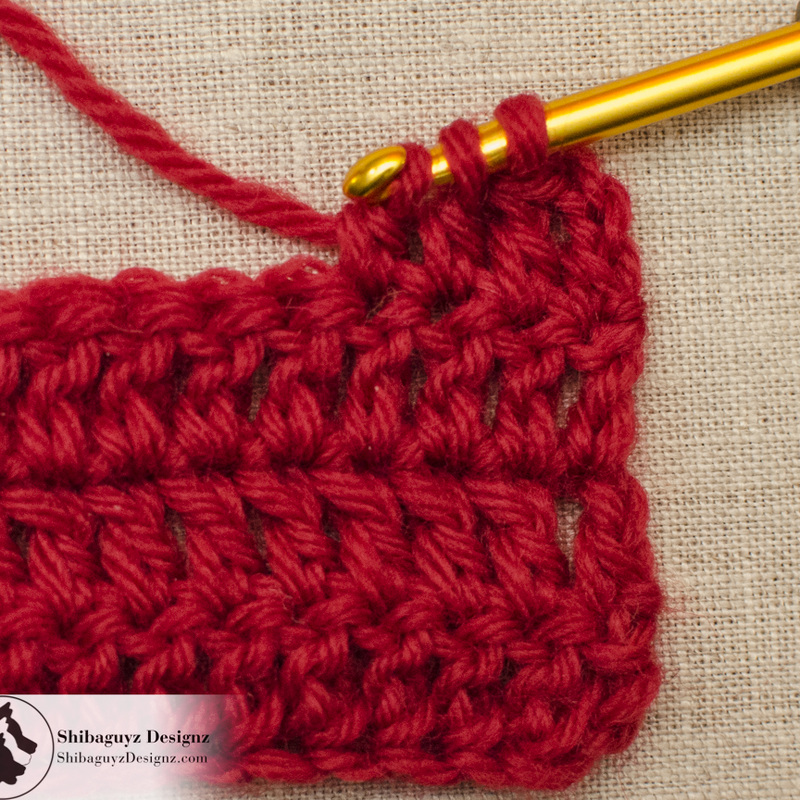
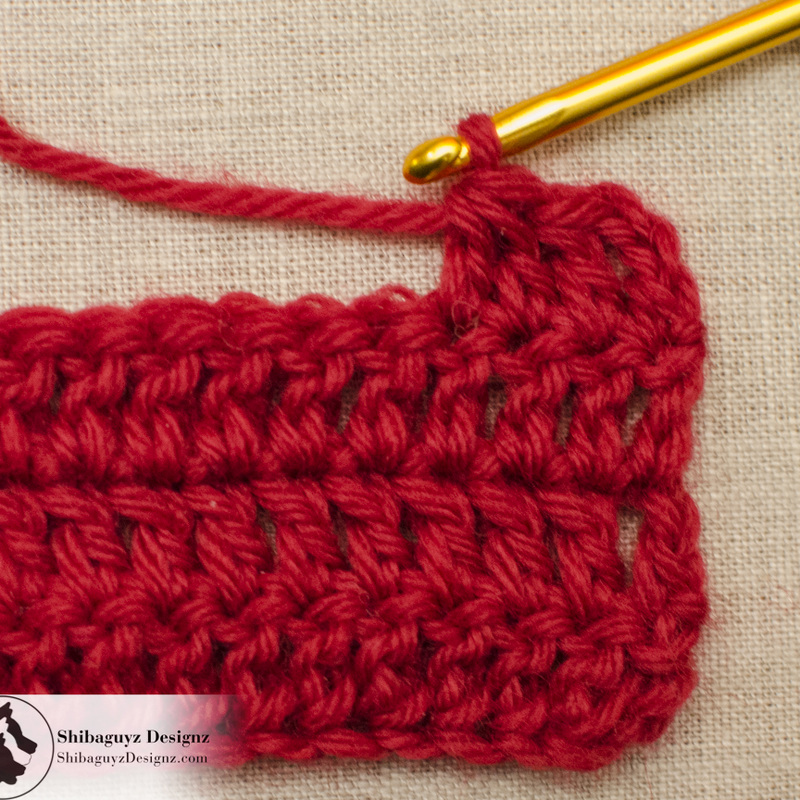
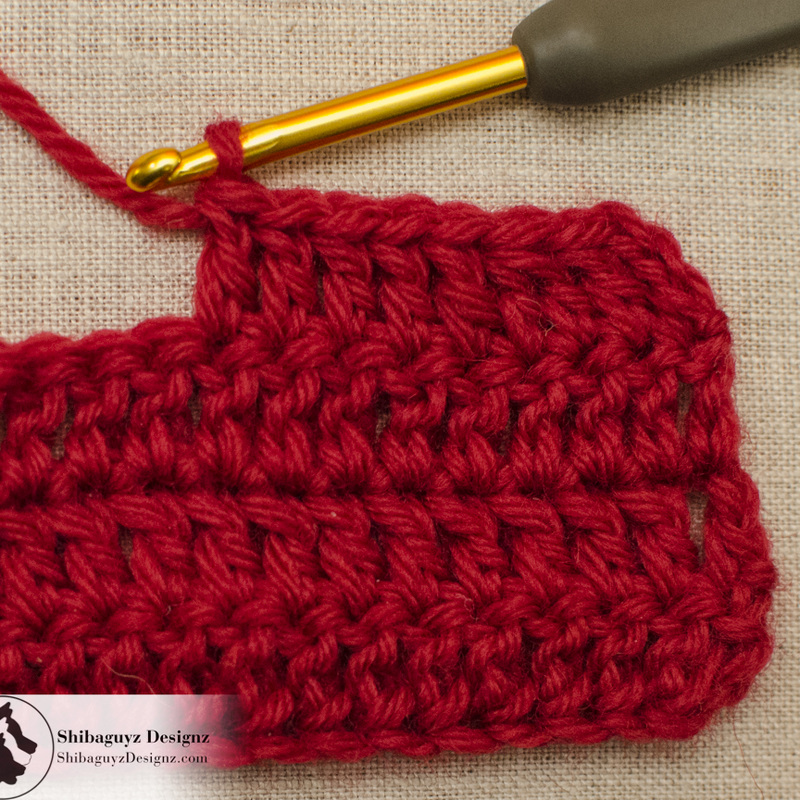
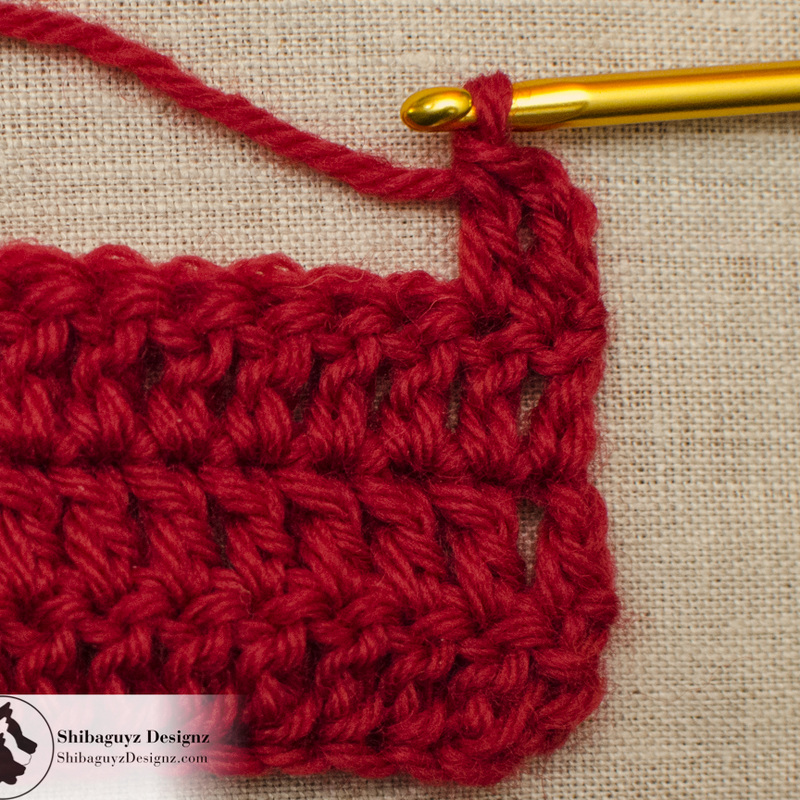
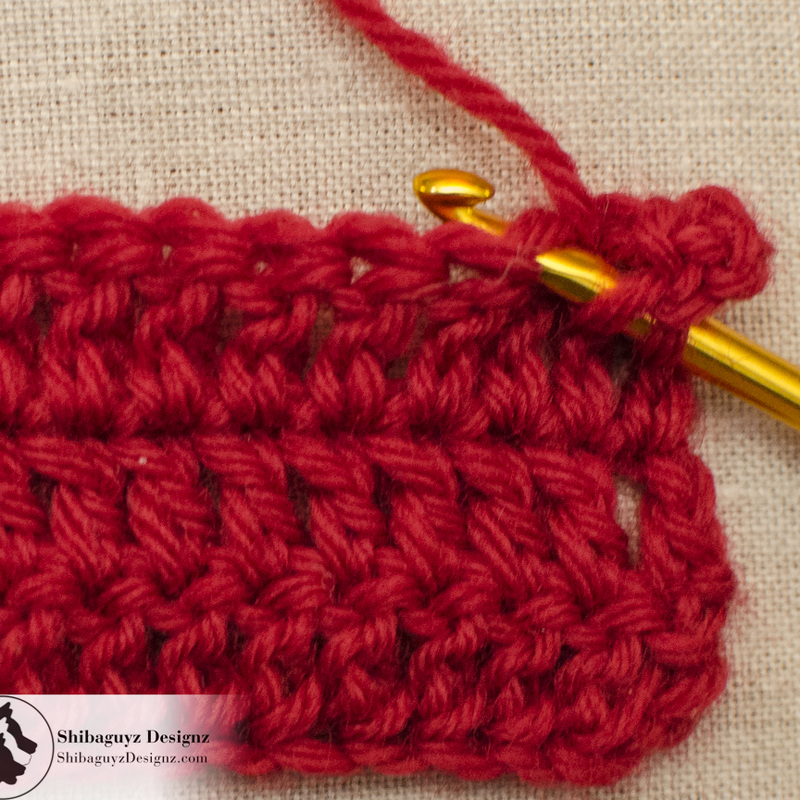
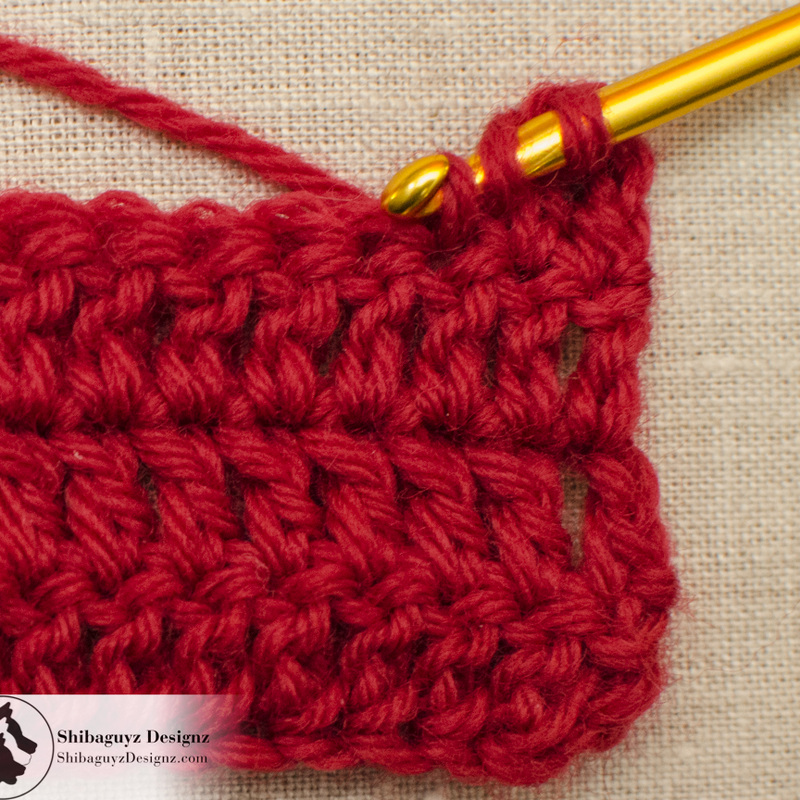
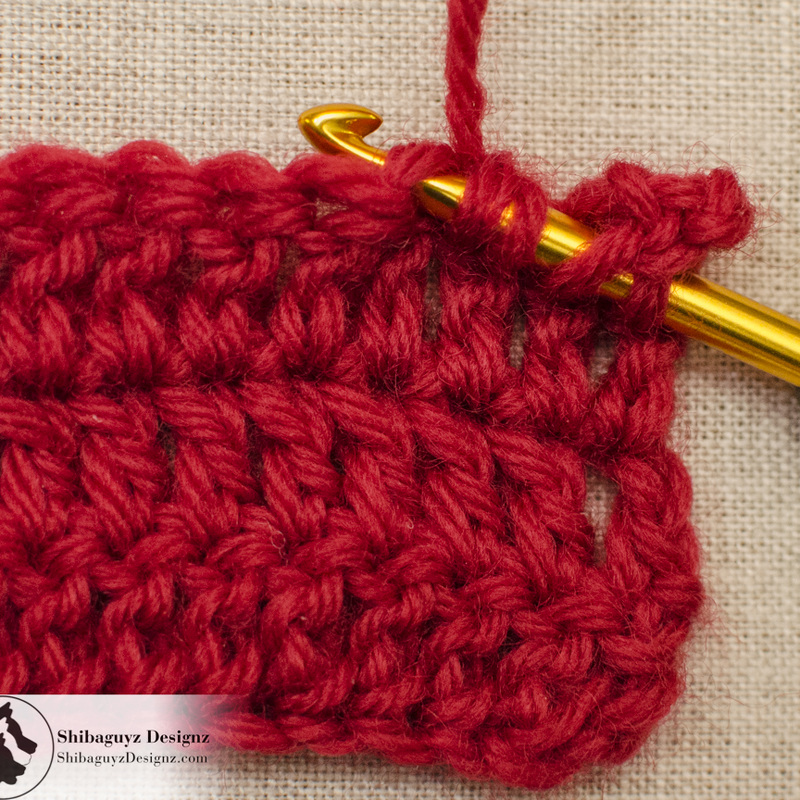
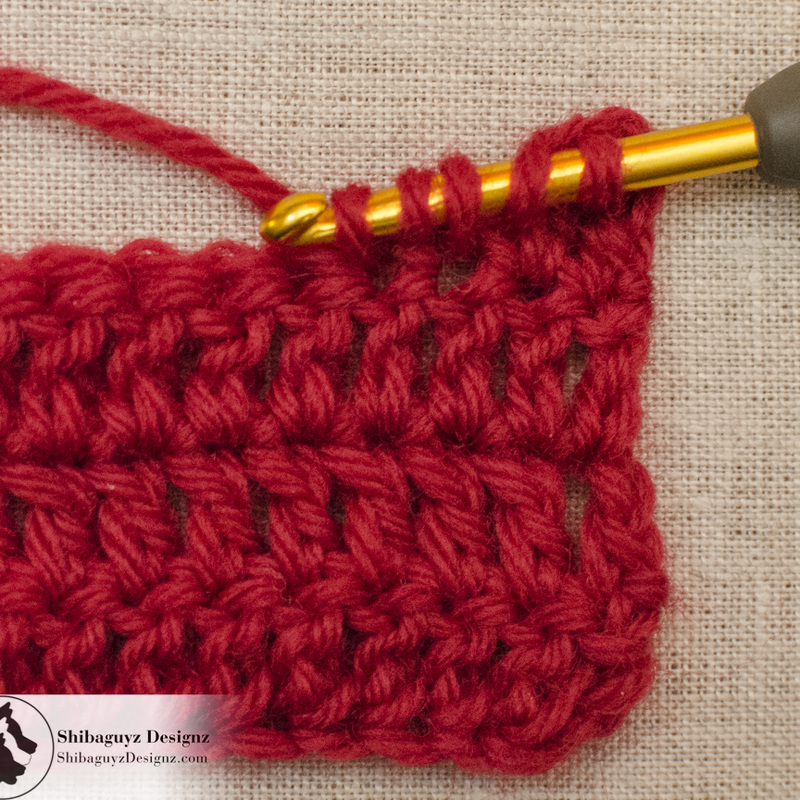
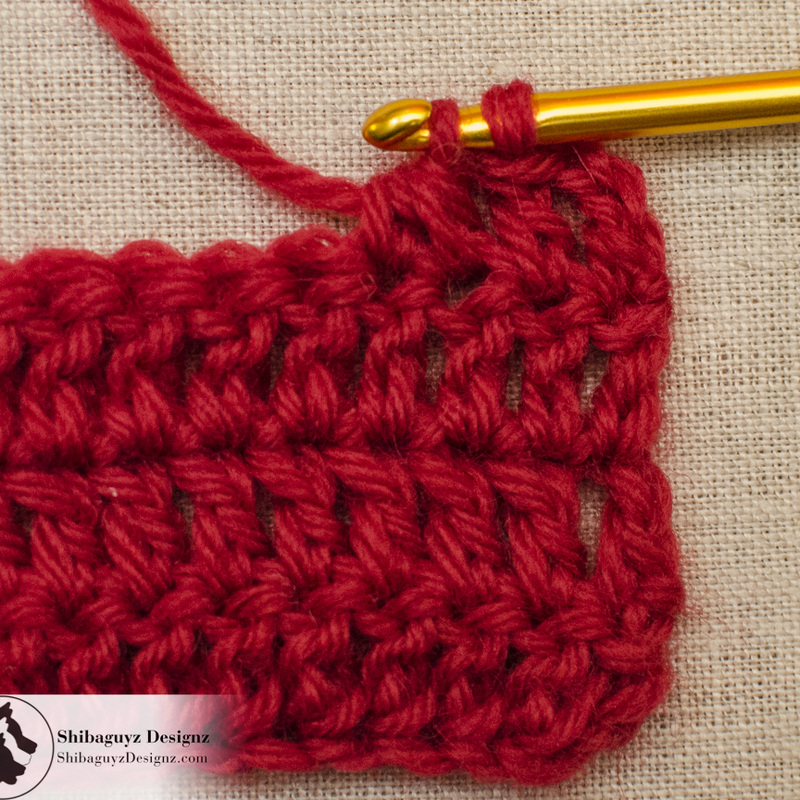
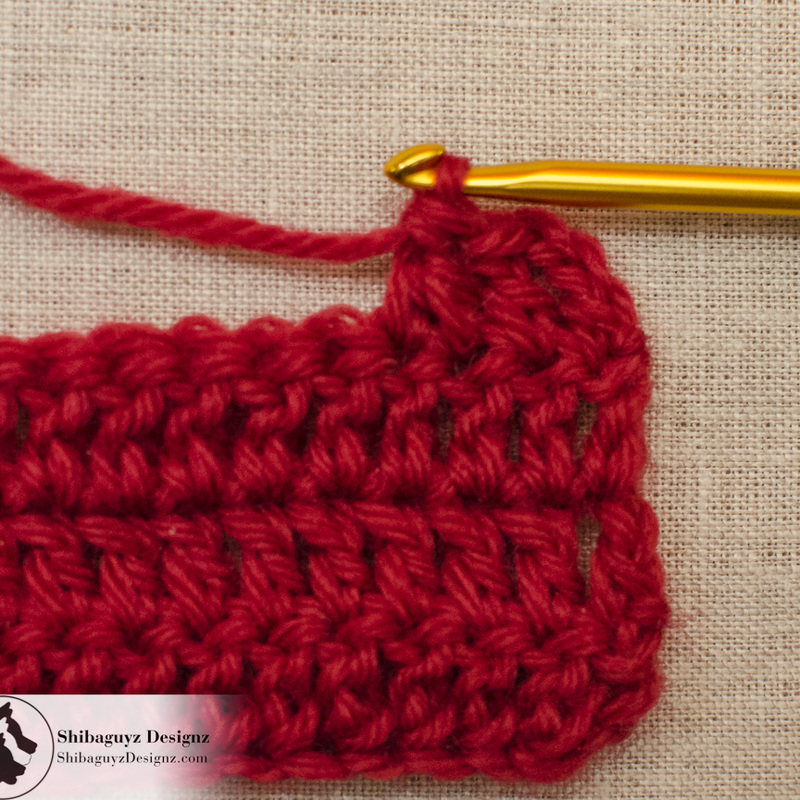
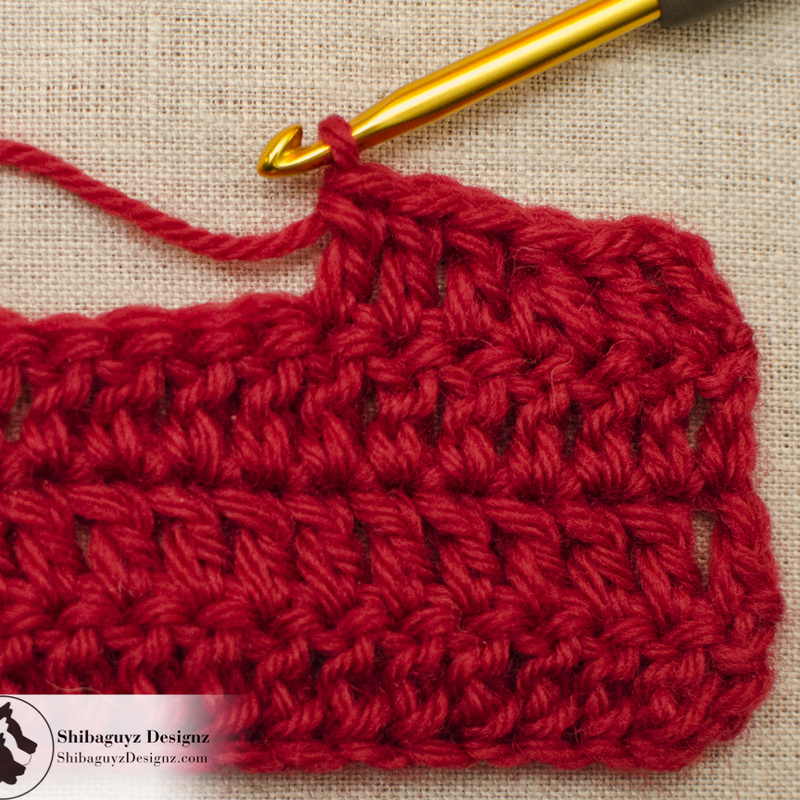
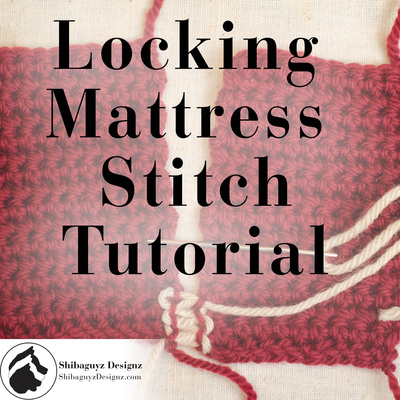
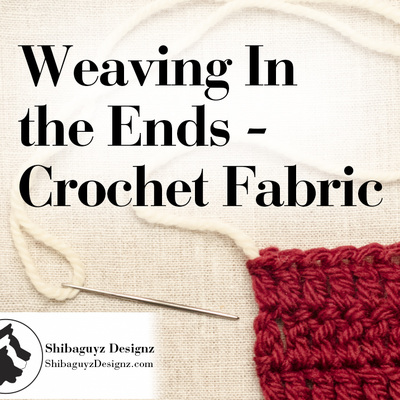
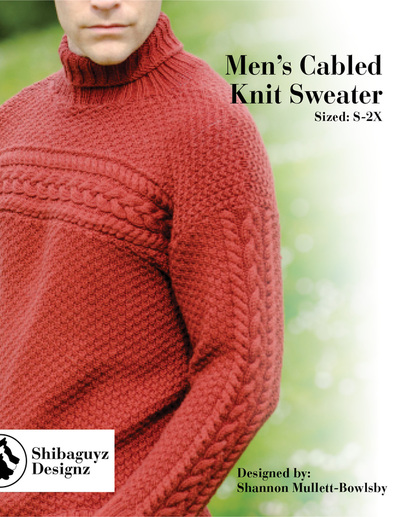
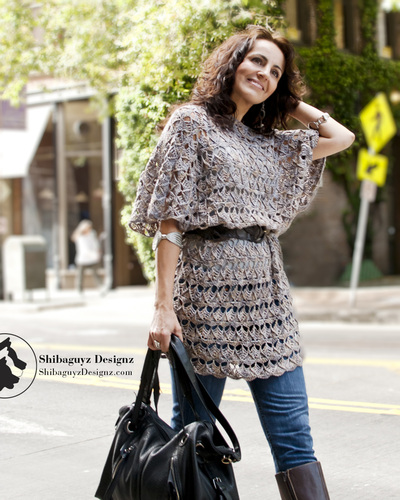
 RSS Feed
RSS Feed

